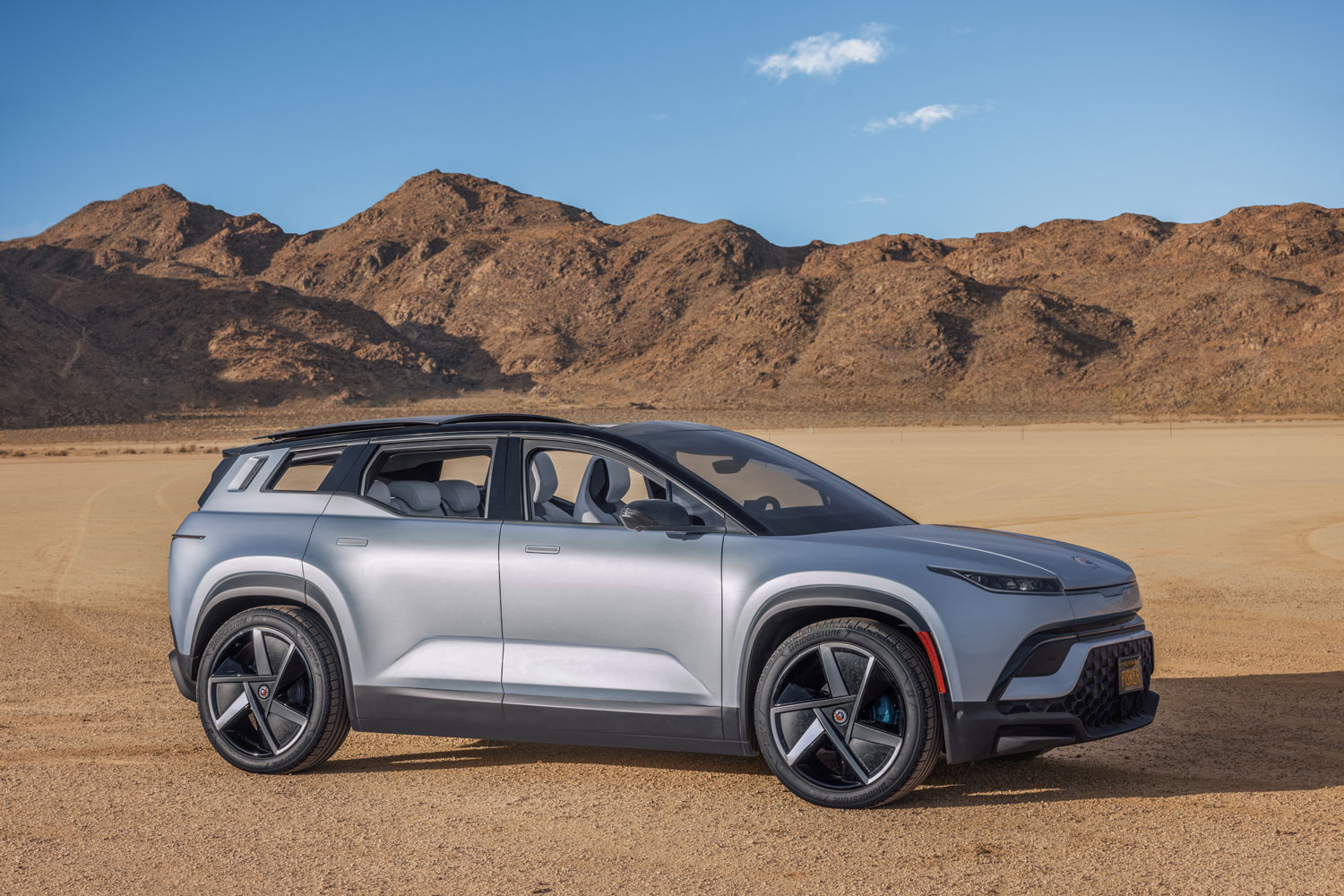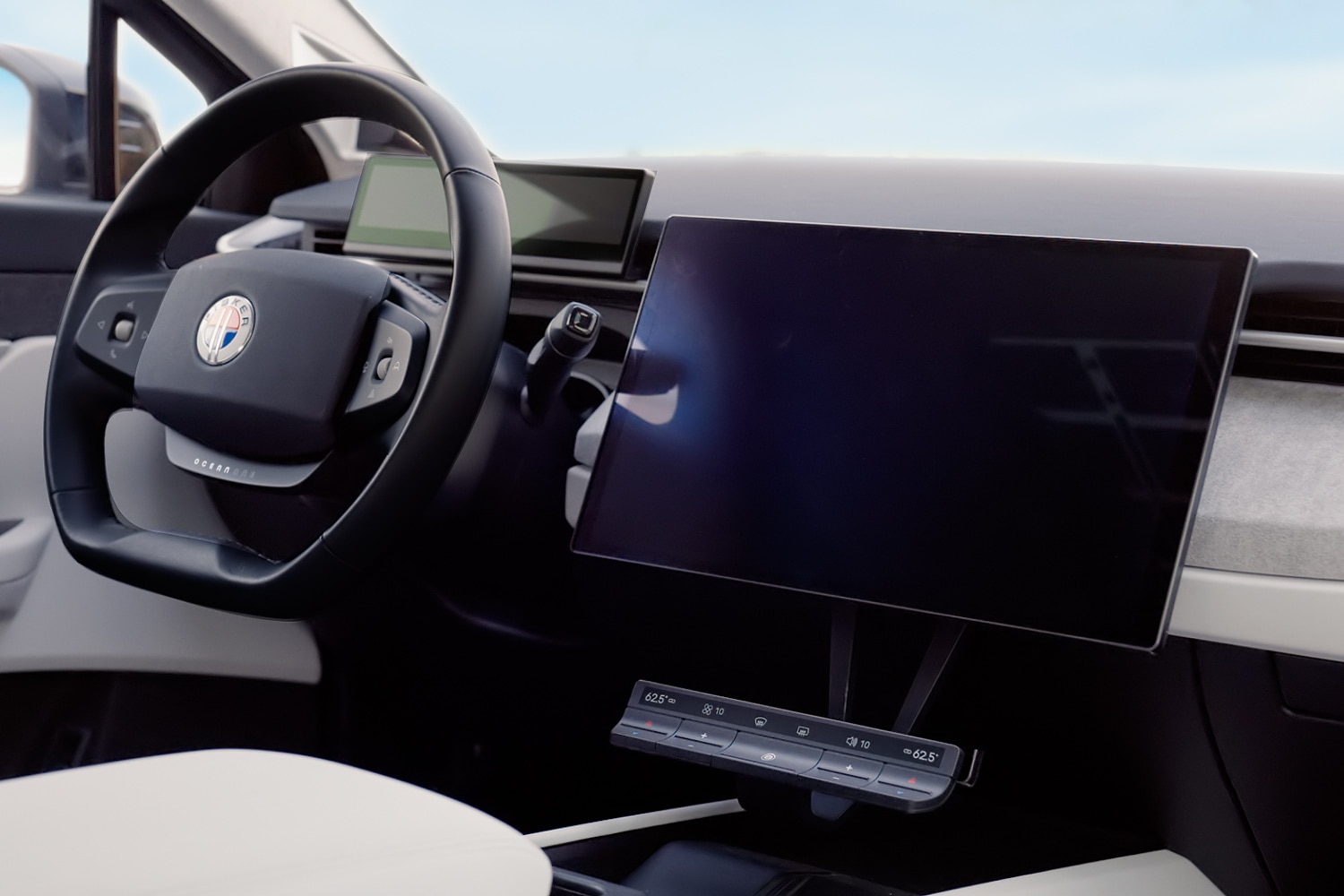Guide to Fisker EVs: Models, Cost, Availability, and Range
Henrik Fisker's second attempt at car production looks more promising than his first.
 Fisker
Fisker
Article QuickTakes:
What Is Fisker?
Note that this is Henrik Fisker’s second attempt at launching an eponymous car company. The first, Fisker Automotive, built a few thousand units of the plug-in-hybrid Karma luxury sedan nbefore filing for bankruptcy in 2013. That company continues on as
With his second namesake brand, Fisker is taking a different approach by making vehicles more people can afford. The company spent a few years working on solid-state batteries for its cars, but decided to give up on that effort about a year ago as, according to Fisker, “We just don’t see it materializing.” Instead, Fisker Inc. will remain asset-light, coming up with the vehicle designs, but relying on contract manufacturers to realize them.
 Fisker
Fisker
What Kinds of Cars Will Fisker Make?
Fisker Inc.’s first vehicle will be the Ocean, a two-row electric SUV that will compete with the Tesla Model Y and the upcoming Rivian R1S. The company says it has taken more than 40,000 reservations for the EV, which will be built by Magna-Steyr—the company that also manufactures the Mercedes-Benz G-Class, Toyota Supra, and BMW Z4—in Graz, Austria.
The Ocean’s California mode simultaneously opens all the windows (including the liftgate glass, those behind the rear doors, and the SolarSky roof), and top models will offer a solar-panel roof that provides up to 2,000 miles of additional range per year. Fisker Inc. expects the front-wheel-drive Sport model to make 275 horsepower and have a range of 250 miles from its lithium-ion phosphate battery. The next-step-up, 540-hp Ultra and lineup-topping 550-hp Extreme have two motors for all-wheel drive and nickel manganese cobalt lithium-ion batteries providing an estimated 340 and 350 miles of range, respectively.
Early this year, Fisker Inc. announced a second vehicle, a compact SUV called the Pear (for Personal Electric Automotive Revolution). It will feature a wraparound windshield inspired by the glass canopy of a glider plane and come to market in 2024. Contract manufacturer Foxconn will build the Pear in a former GM assembly plant in Lordstown, Ohio.
Fisker Inc. says it will unveil its third vehicle, a sports car nicknamed Project Ronin (after the movie), in 2023. The company's goal is that the Ronin will be the longest range for a production EV in the world, and hopes to start selling in the second half of 2024.
 Fisker
Fisker
How Much Will a Fisker EV Cost?
The Ocean Sport opens at around $39,000; the Ultra, just above $50,000; and the Extreme and limited-edition One, at about $70,000. Anyone can reserve an Ocean with a $250 deposit (of which $225 is refundable). Fisker Inc. is also developing a new Flexee lease, which is akin to a subscription service: Participants can rack up 30,000 miles a year in a Fisker and return it whenever they wish, but they won’t have the option to buy the car later. The program will start at $379 per month for an Ocean Sport after a one-time, $2,999 initiation and activation fee.
Fisker Inc. is also taking $250 reservations for the Pear, which should open close to $30,000. The company has shared few details on the Project Ronin, but we expect this sports car to carry a six-figure price tag.
When Will Fisker EVs Go on Sale?
If all goes to plan, the Ocean will enter production in November, 2022. The Pear should reach customers in 2024, which is also when Fisker Inc. anticipates the Project Ronin will start rolling off the line.



